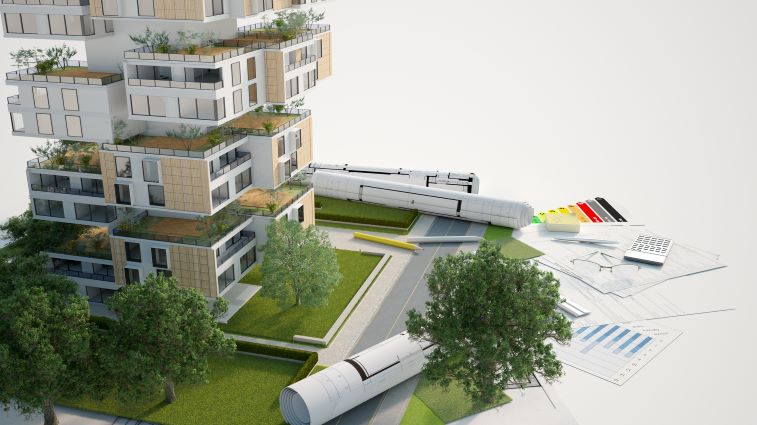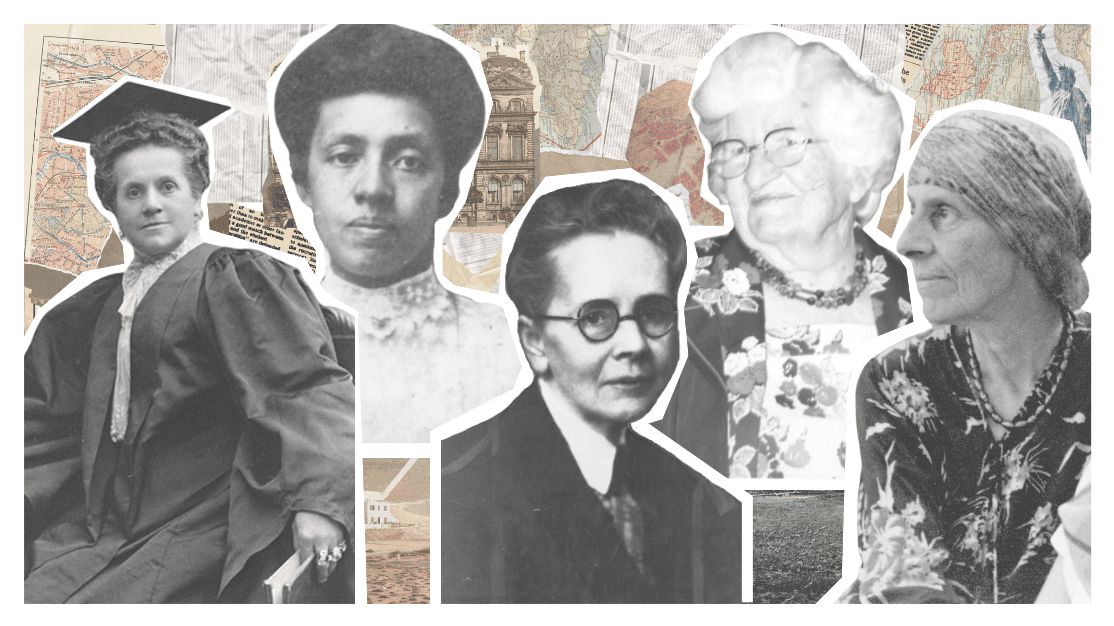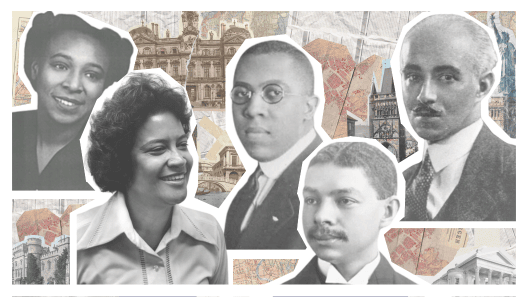
Looking to the Future: The 2020 NYC Energy Conservation Code
The new code will go into effect on May 12, 2020.
While NYC construction may be currently disrupted, the Department of Buildings is still looking ahead and planning for the city’s future.
Buildings are a city’s biggest polluters – according to environmental group ALIGN-NY, a mere 2% of New York City buildings consume a whopping 45% of its energy. That’s why NYC legislators have been pioneering first-of-its-kind standards for energy and carbon emissions in recent years, as part of the state’s Green New Deal.
Passed by the New York City Council in February, the 2020 NYC Energy Conservation Code (2020 NYCECC) is based on NYSERDA NYStretch Energy Code 2020 and the New York State’s new energy conservation construction code, also going into effect on May 12.
What’s Changing?
The new requirements aim to increase energy efficiency through better design, insulation, tests and thermal envelope standards. New buildings and alterations must:
- “Improve the building thermal envelope with better performing walls and windows
- “Seal and test the building envelope to minimize and control air leakage
- “Require balconies and parapets to be continuously insulated
- “Identify thermal bridging elements in the building envelope
- “Meet minimum energy efficiency requirements for heating and cooling systems
- “Require more efficient interior lighting and additional lighting controls
- “Perform commissioning on more HVAC alteration projects
- “Require efficiency measures on new elevators and commercial kitchen equipment
- “Require the infrastructure for the future installation of electric vehicle chargers in one- and two-family homes
- “Require whole building metering for new buildings greater than 25,000 square feet
- “Allow source energy as a metric, instead of energy cost, for buildings choosing to comply with energy modeling
- “Require additional thermal envelope performance requirements for buildings choosing to comply with energy modeling.”
Which Projects Have to Comply?
While it’s a given that any new projects filed on or after the effective date will automatically have to comply with the 2020 NYCECC, those with projects already in the filing process may be wondering whether they can stick with the 2016 NYCECC standards or not.
Here’s the deal: According to the DOB, only BIS job applications that are fully processed and completed (Status Code D or Online Code A/P ENTIRE) with a complete energy analysis filed on or before May 11, 2020 are allowed to comply with 2016 NYCECC.
Otherwise, all BIS applications with incomplete energy analysis and DOB NOW work type applications still in Pre-Filed status by May 11, 2020 must comply with the new 2020 standards.
Why Does This Matter?
While many New York City buildings have elected to be more efficient on their own, proudly carrying LEED Certifications, leading experts say that making these energy efficiency measures a requirement makes it easier to normalize them and bring down the construction costs in the long run.
Just as New York has led the nation in fire protection and accessibility standards in the past, the hope is that New York’s measures to fight climate change may eventually be adopted across the nation and the world. Now that we have been reminded what a widespread crisis can do, it’s more important than ever to mitigate the effects of climate change where we can.
If you need assistance on how to navigate the new energy standards or how to approach the filing process during these uncertain and ever-changing times, please email contact@outsourceconsultants.com.
Resources








